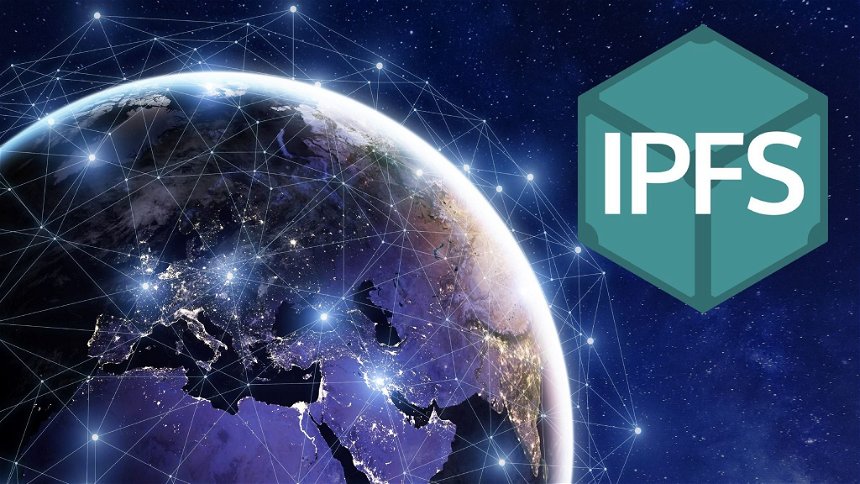What is IPFS and how it works
While you’re navigating on the web ad reading about metaverse, NFTs, or web 3.0 you must have heard about IPFS (InterPlanetary File System) well after reading this article you will know everything you need about IPFS and how does it work.
- Metaverse - How to Make NFT Collection
How to Make NFT Collection While you’re navigating on the web ad reading about metaverse, NFTs, or web 3.0 you must have heard about IPFS (InterPlanetary File System) well after reading this article you will know everything you need about IPFS and how does it work.
What is IPFS
IPFS or InterPlanetary File System is simply a distributed system for storing and accessing files, websites, applications, and data.
To be more clear, usually when you search info online or when you’re visiting a web page on the internet, you put in the browser a URL starting with HTTPS (HyperText Transfer Protocol) which is a peer-to-peer communication centralized protocol, this allows your browser to send a request to the servers (hostings) to show up the website, even if the location of the servers is not based in your country.
IPFS is a peer-to-peer and distributed file system that can literally replace HTTP and decentralize the Internet once again it comes to solving all HTTPS problems and issues:
Security: With IPFS security of systems will increase, DDoS attacks, wouldn’t work, since they rely on attacking a central distribution system, which is not existing for IPFS
Speed is another factor that increases. In a distributed web, every node that requests something, requests it to the node closest to him, instead of to a single, central location.
Decentralization: Making it possible to download a file from many locations that aren't managed by one organization.
How does IPFS work?
Unlike HTTPS, IPFS is a peer-to-peer (p2p) storage network. Content is accessible through peers located anywhere in the world, who might relay information, store it, or do both. IPFS can find what you're looking for using its content address rather than its location.
The IPFS ecosystem is built on three fundamental principles:
- Content Addressing: unique identification
- directed acyclic graphs (DAGs): content linking
- distributed hash tables (DHTs): content discovery
CONTENT ADDRESSING:
In order to find content IPFS uses content addressing to identify it rather than its location.
By contrast, every piece of content that uses the IPFS protocol has a content identifier or CID, that is its hash. The hash is unique to the content that it came from, even though it may look short compared to the original content.
Hashes are used by distributed systems to identify content and also to Link it together.
IPFS uses Conventions and Interplanetary Linked Data (IPLD) project to get from raw content to an IPFS address that uniquely identifies content on the IPFS network.
PS: to know more details and info about the content addressing you can check the IPFS documentation
Directed acyclic graphs ( DAGs )
like many other distributed systems IPFS takes advantage of a data structure called directed acyclic graphs (opens new window), or DAGs. Specifically, they use Merkle DAGs, which are DAGs where each node has a unique identifier that is a hash of the node's contents.
To build a Merkle DAG representation of your content, IPFS often first splits it into blocks. This means that different parts of the file can come from different sources and be authenticated quickly.
Distributed hash tables ( DHTs )
A hash table is a database of keys to values. A distributed hash table is one where the table is split across all the peers in a distributed system,
the DHT is provided by The libp2p project (opens new window), they can also handle peers connecting and talking to each other.
Once you find your content is and you know which peers are storing each of the blocks that make up the content you're looking for, you use the DHT again to find the current location of those peers. So, in order to get to content, you use libp2p to query the DHT twice.
Новостная рассылка
Следите за нашими последними новостями нфт, обновлениями и новыми функциями.
Подписывайтесь на нашу новостную рассылку
Свяжитесь с нами
Наша команда здесь, чтобы ответить на все ваши вопросы
Не стесняйтесь обращаться к нам по адресу contact@genfty.com